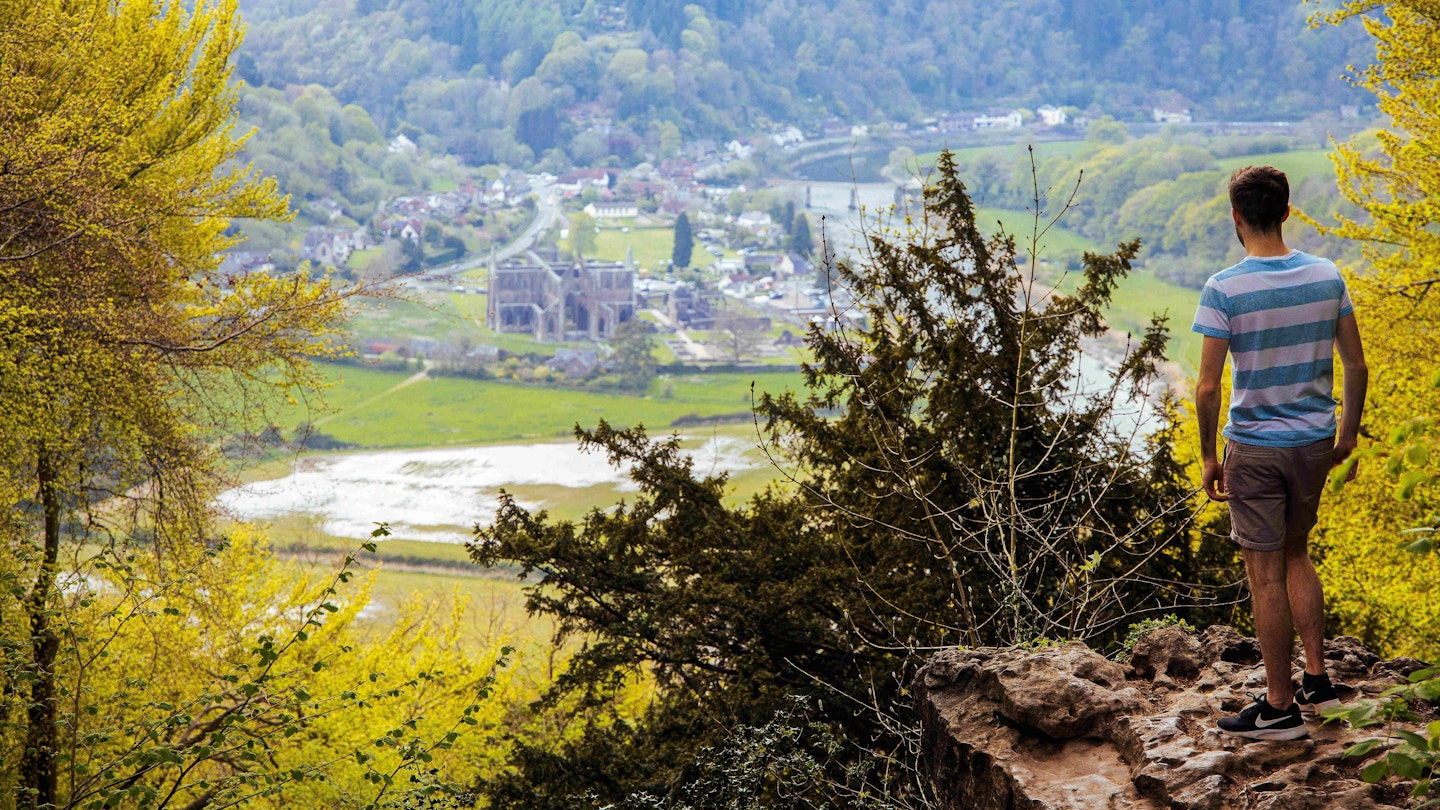Offa’s Dyke Path: A Journey Through History and Nature
Roughly following the border of England and Wales, Offa’s Dyke Path winds through moorlands and mountains and is recognized as one of the best and most historic trails in the UK.
In fact, the path is the nation’s longest ancient monument, a remarkable 176-mile legacy of 8th-century Anglo-Saxon England, running from Prestatyn in North Wales to Chepstow on the Severn estuary at a rough height of 2.4 meters. Below is a comprehensive guide to the path’s history and the best places to enjoy it today.
The History Behind Offa’s Dyke
Constructed during the so-called Dark Ages, when historical documentation was sparse, Offa’s Dyke remains largely shrouded in mystery. This enigmatic status contributes to its lesser-known reputation as both a historical site and a walking destination.
While academics and historians continue to debate the dyke’s precise length and intended purpose, it is widely accepted that the structure was built under the orders of King Offa of Mercia during the 8th century. Many speculate that it served to defend against the Welsh, although some argue that it may have functioned as a practical boundary or a demonstration of the king’s power and wealth.
Regardless of its original function, Offa’s Dyke has inadvertently provided modern Britain with some of the country’s most scenic walks, over 1200 years later. Although there are sections where the earthwork has not survived, the remnants lead through extremely picturesque countryside and can be tackled as either a continuous route or a series of day trips. The current path was established in 1971, running alongside or atop the dyke for much of its length, although it takes a slightly varied course in some worn areas.
Recommended Short Hikes
If You Only Have Time for One Walk
One of the most famous stretches is located in the Lower Wye Valley, where the trail meanders past historic market towns, ancient abbey ruins, and enchanting woodlands along the gentle banks of the River Wye. Ascend to the Devil’s Pulpit, a limestone crag set amid lush woodland, to be rewarded with stunning views over the ruins of Tintern Abbey. It’s worthwhile to immerse yourself in this area, even considering an overnight stay at the nearby 13th-century castle, built by Edward I, which now serves as a youth hostel.
The trail then ventures into the Brecon Beacons National Park, rejoining the tranquil valleys of the River Wye at Hay-on-Wye, famed for its beloved literature festival. This region is also part of an international dark sky reserve, making it one of the world’s premier stargazing locations. The crumbling monastery ruins of Llanthony Priory serve as an ideal backdrop for night sky observation. For panoramic views, tackle Hay Bluff or Lord Hereford’s Knob, with both hills offering breathtaking vistas over the verdant landscape. Numerous accommodation options are available in the area; many walkers choose to stay at the priory hotel to break up their journey.
An Easy Introduction to the Path
The walk from Gladestry to Kington in Herefordshire presents a remarkable sense of the original trail within a brief hike. It also boasts 360-degree views of the countryside as it ascends Hergest Ridge, where remnants of an old Victorian racecourse can be explored at the summit. On clear days, Pen y Fan, the Malvern Hills, and the Shropshire Hills are visible on the horizon. You’ll likely notice an unusual cluster of monkey puzzle trees flourishing atop the ridge, planted by local gardener Dick Banks as an experiment. To enhance the experience, consider visiting Hergest Croft Gardens, home to many rare and unique plant species collected by the Banks family over five generations. Those seeking a full day of hiking can continue on the trail to the historic market town of Knighton, which houses the Offa’s Dyke Association.
For the Dedicated Walkers
From Knighton, the path continues through the Shropshire Hills and the Clwydian Hills before reaching the coast. The Shropshire Hills Area of Outstanding Natural Beauty is considered one of the path’s more challenging sections, but it also offers exceptional tranquility and rustic scenery. As you venture over Llanfair Hill, you will encounter well-preserved sections of the dyke. Keep going to discover the midway marker just beyond Newcastle on Clun. Further along in North Wales, the path leads through breathtaking wilderness, traversing the spectacular Eglwyseg Valley near Llangollen and journeying to the World’s End vale. Ultimately, you’ll arrive at Prestatyn, completing the path’s northern terminus.
